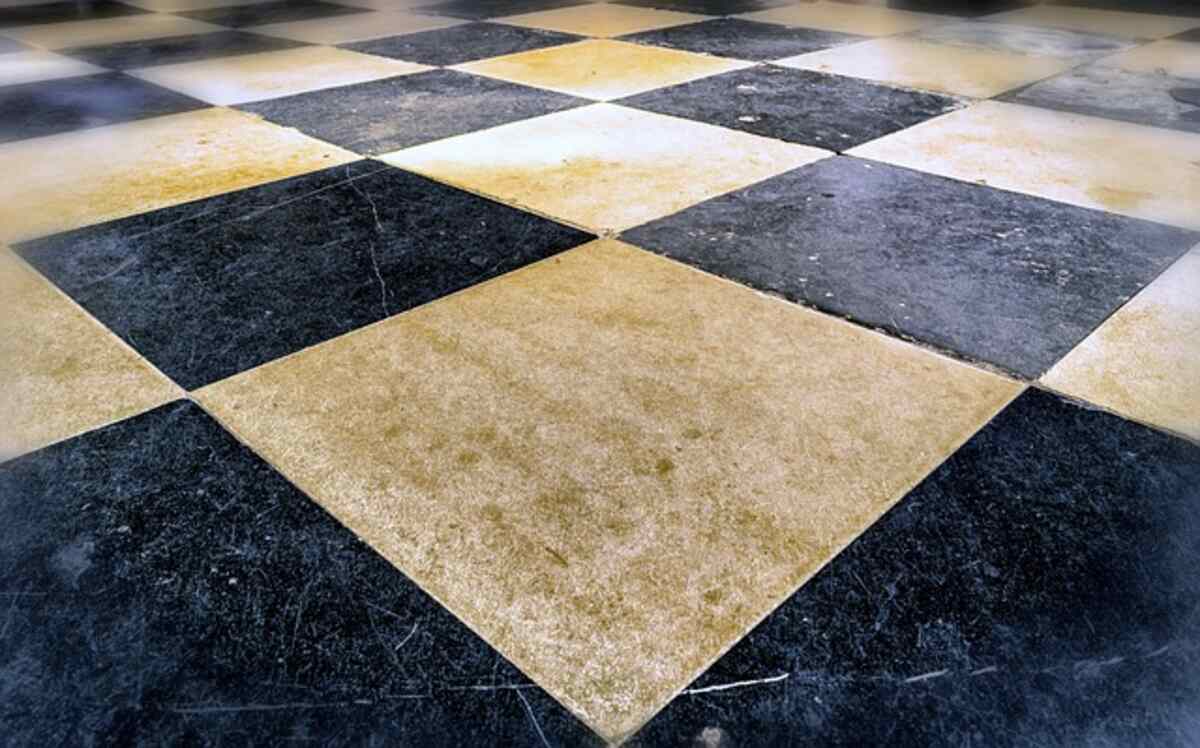Learning how to install tile yourself might save you a ton of money, but it can also be very daunting. It immediately occurred to me that if I botched the job, my wife would call a tile contractor to our house the moment the situation proclaimed a catastrophe. I don’t mind paying for help if it’s truly required, but that bar must be set high. I did some research on the topic by reading and watching videos on how to lay tiles. I figured it would be best to put the process in writing so I wouldn’t end up mixing thin-set before I had figured out the design. With any luck, the five stages I’ve outlined here will help you successfully lay tile in your home.
Underlayment: Tighten any nails or screws that are protruding, replace any squeaky boards, and fix any other issues you find. The next step is to screw the backer board into place using the manufacturer’s suggested hardware. Thin-set mortar and nylon joint tape should be used to seal any seams in the backer board. When the backer board is installed correctly, the tile will have a smooth, solid surface to attach to. The tile may break or not lay flat if this foundation isn’t there to support it.
To begin the room’s layout, I locate the exact middle and snap a chalk line there. A second line is then snapped that is perpendicular to the first. I next begin dry-fitting tiles down the center line to the wall, knowing that the last tile will almost certainly necessitate a cut. If you determine that a cut tile there is not acceptable, you can change the design so that it does seem good. Keep in mind that if you alter one side, the other will be affected as well. There is no single best solution because every room is unique. Simply go with the one that looks the best to you. Create a grid of marks for the first two courses to help you re-install the tiles.
The first step in tiling is to prepare the thin set as directed by the manufacturer. Start laying your tiles (from the starting point you marked on the floor back during the layout stage) on top of the thin set using the notched trowel. Make sure the thin-set is making complete contact with the tile by giving it a tiny twist or tap after you’ve set it in place. Spacers should be used to ensure uniform grout lines between tiles.
When grouting, it is important to follow the mixing directions exactly. Use a grout float to work the grout into the spaces. After this is done, the surplus must be removed from the tile. To accomplish this, draw the float until it forms a 45-degree angle with the joints, then maintain that angle with respect to the floor. It’s possible that I could lose grout if I pull the float in the direction of the joints. The tiles should be cleaned with a sponge and lots of clean water once the excess grout has been removed. At least twice, you’ll need to use the sponge and fresh water to thoroughly clean the tile. Tile that develops a haze after cleaning can be restored to its original shine by buffing the surface with a clean towel.
Grout sealing is a simple but crucial step in any tiling installation. These sealers prevent mildew and stains in the grout. Sealers come in a wide variety of styles and brands. Some can be used on the same day as tile installation because they permit the grout to breathe as it cures. Some, however, require that the grout be fully set before they can be put, so it’s crucial to read and follow manufacturer instructions. Which sealant to select depends on the specifics of the job at hand. The grout sealer you choose for your shower tile should be mildew resistant. If you’re looking for floor tile, though, stain resistance should be your first concern.
I could never learn enough about tile installation from books alone. I was able to have the knowledge and courage to begin a tile project because of a fantastic training resource I discovered. I hope this information is useful to you as you consider updating your home with ceramic tile. To see my other tile-related musings, please go here.
Read also: https://mycheapseo.com/category/technology/
